


















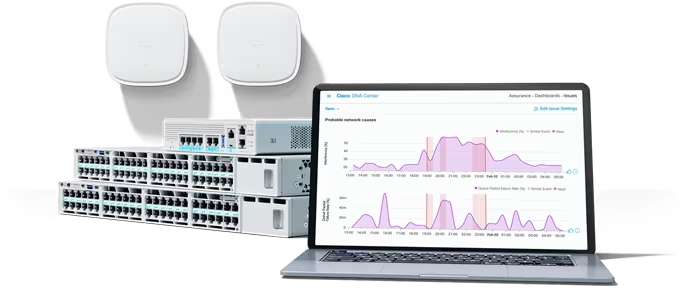





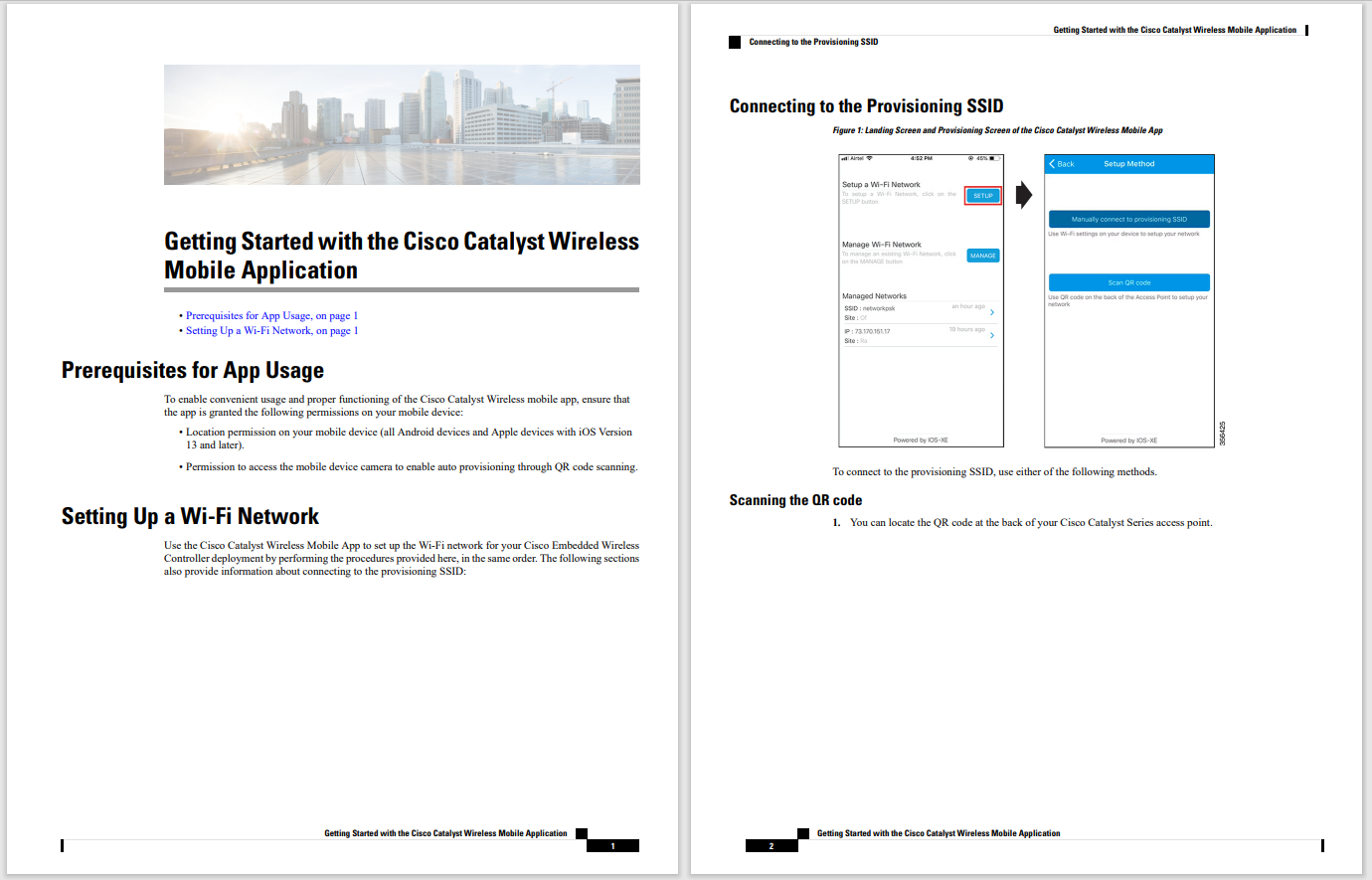
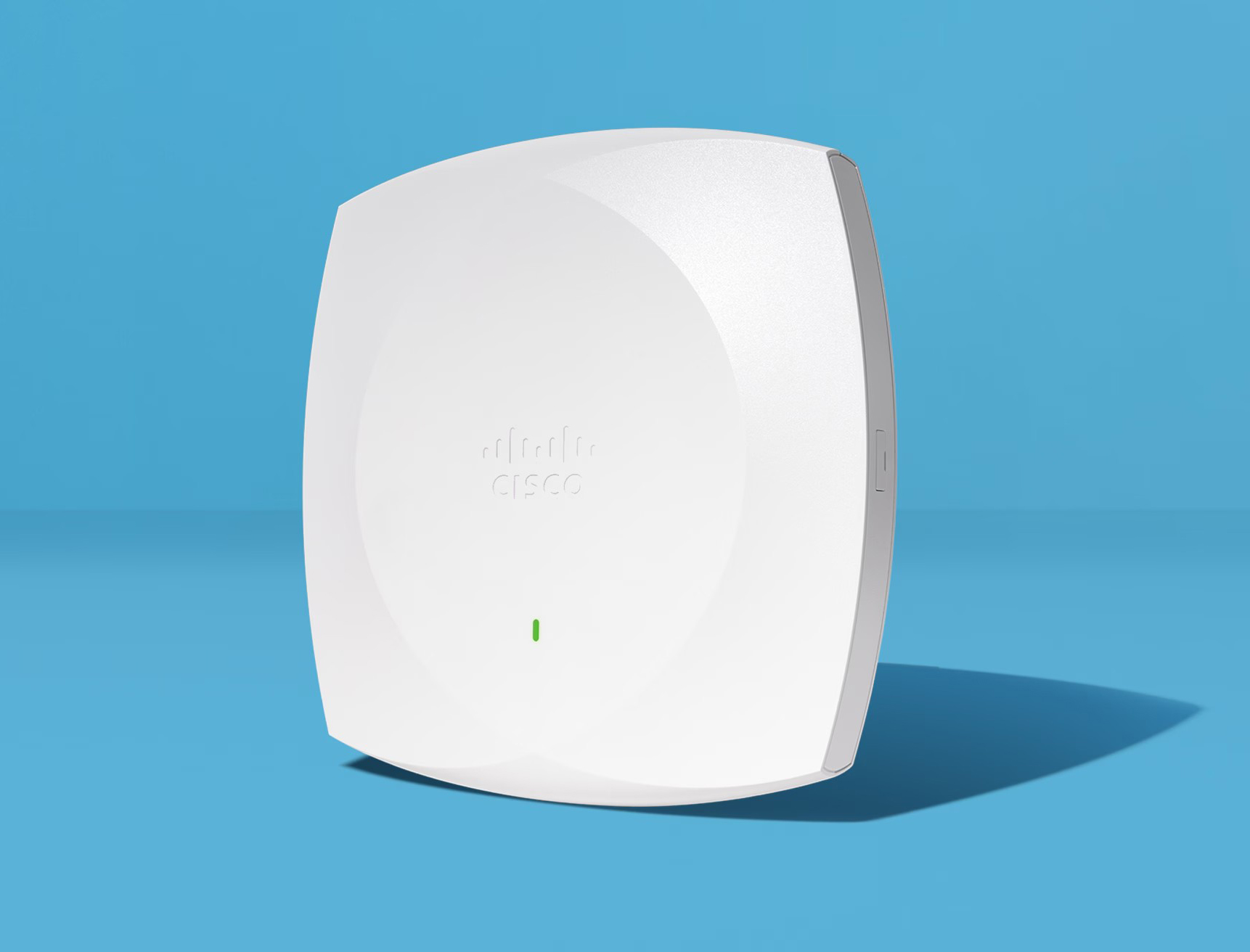
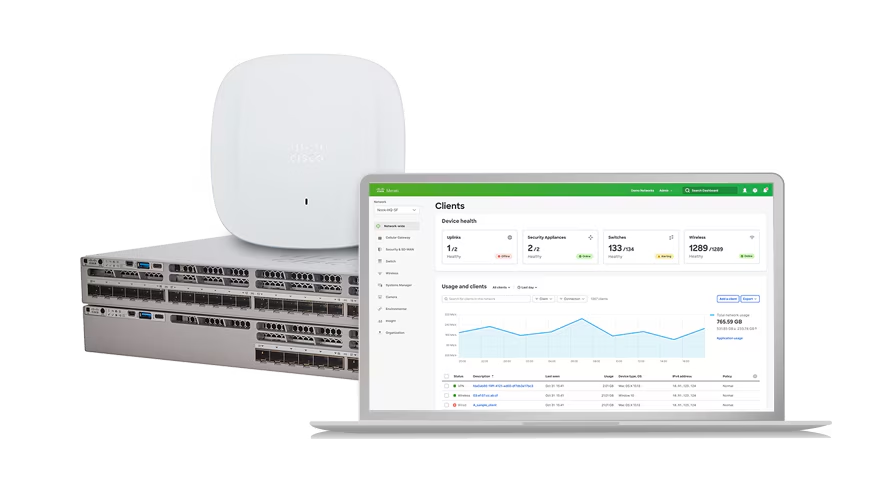
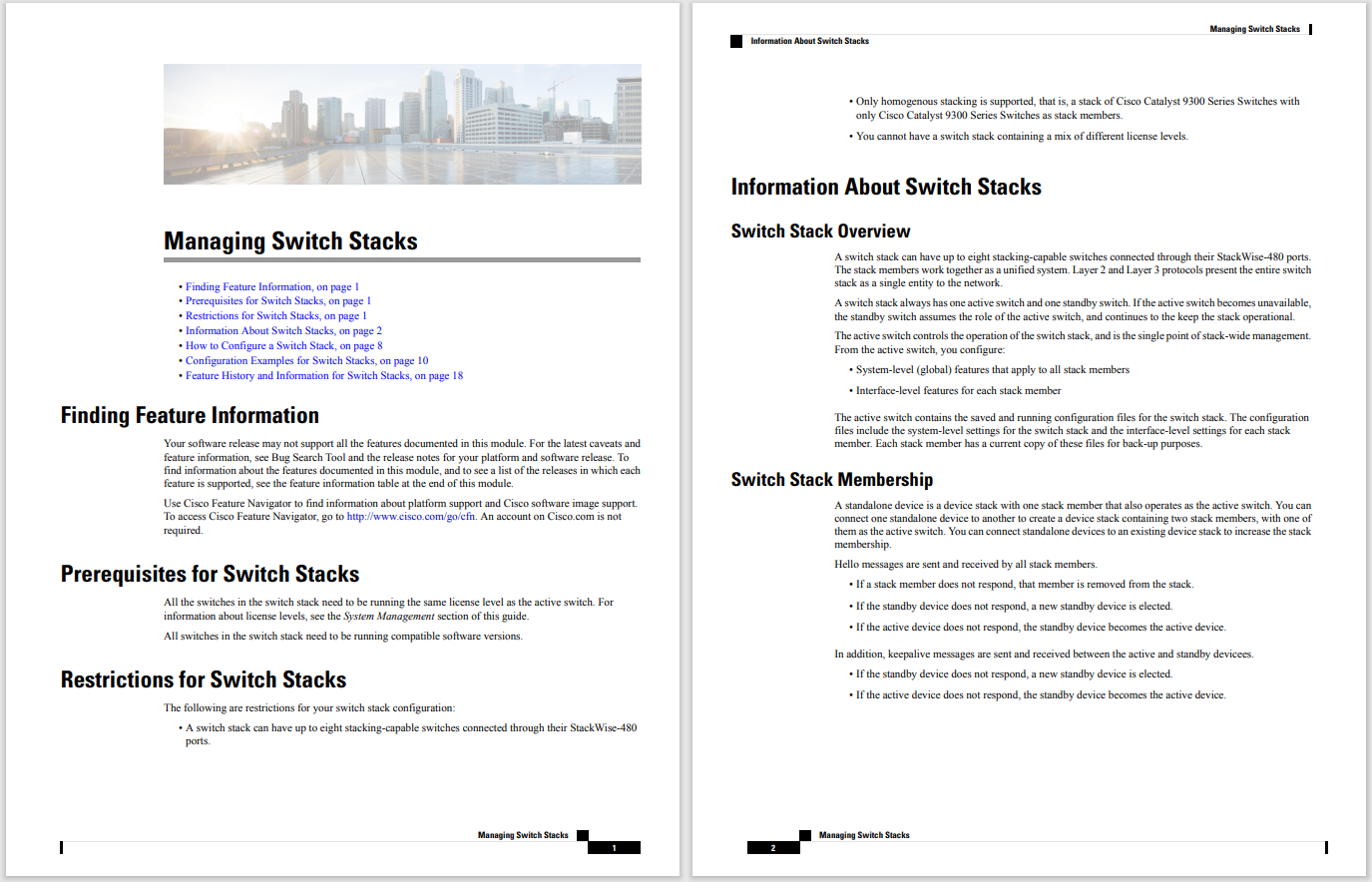
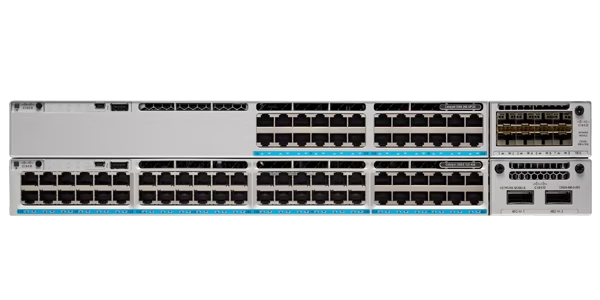
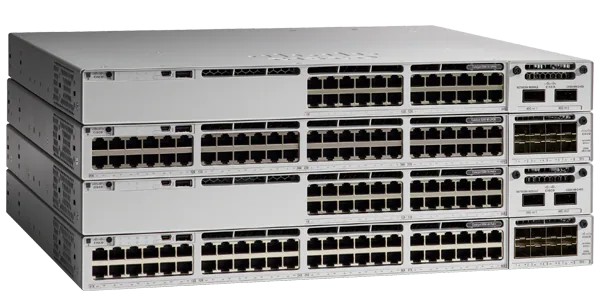

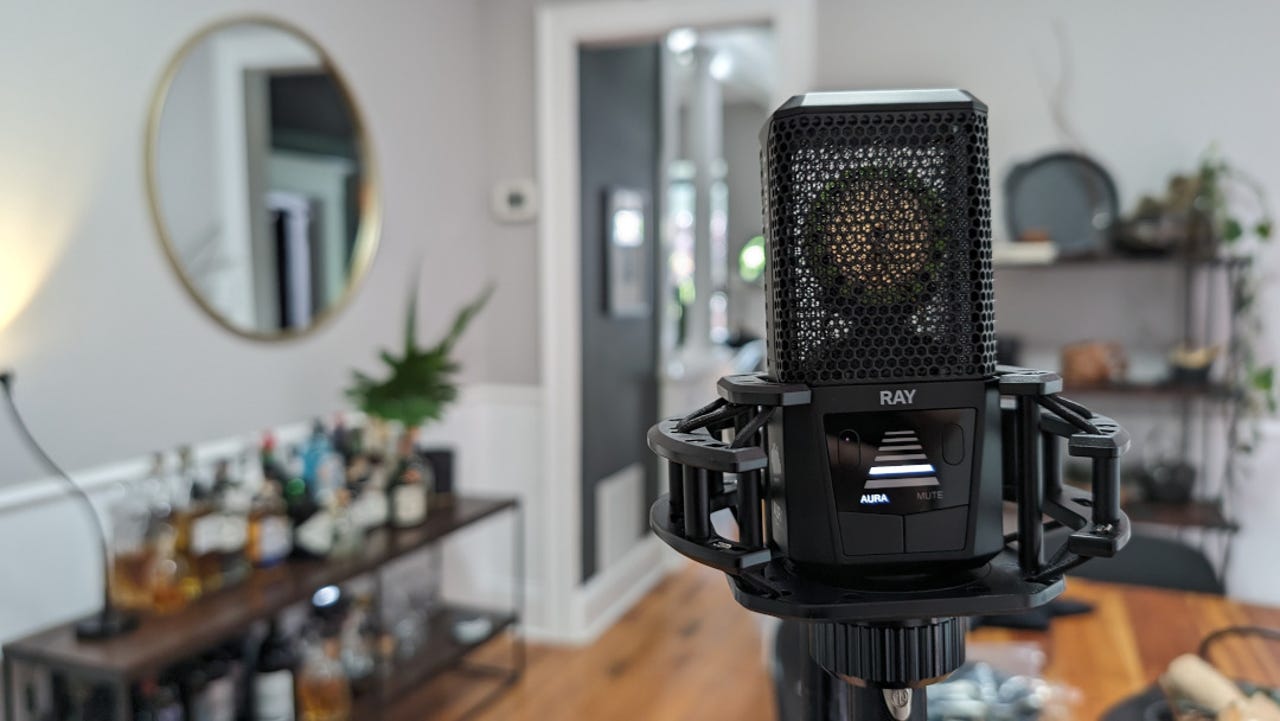
I love a good microphone, but I'm always leery of gimmicks. So when I was sent theLewitt Ray Aura Large-Diaphragm Condenser mic and was told it uses sensor-based technology to precisely adapt to speaking level, tone, and distance from the mic, my first thought was, "I'll believe it when I see it."
Also: I'm a fan of Marshall speakers, but I didn't expect its$100 headphones to sound this good
It took me all of 60 seconds of testing to become a believer. This mic is impressive in ways I never thought possible. But before I get into my thoughts, I want to lay out the specs.
View at GuitarcenterIncluded in the box, you'll find the microphone itself, a magnetic pop filter, a windscreen, shock mount, and a mic bag.
First off, this is an XLR-connected microphone, which means you can't plug it directly into a computer. Instead, you connect the mic into an external audio interface, and then plug that into your computer via USB-C. One such audio interface is theLewitt Connect 6 , which runs for$299.00. Alternatively, you can use a less expensive interface like theFocusrite Scarlet 2i2 (which I've used for years) to bridge the connection.
The feature that I was most interested in experimenting with is the Aura technology, which automatically adjusts your voice's level and tone depending on your physical distance from the mic. The mic's press release says it's like autofocus, but for your voice: "You can move naturally in front of the microphone, and your sound will stay consistent."
Also: I test dozens of headphones a year, and these might be the best ones under$100
To test it out, I connected everything to my MacBook Pro, attached the mic to a stand, and sat down to see how it worked. One issue that many podcasters have is understanding how distance affects the sound. They'll get very close to the mic or lean away, and each time their sound will get louder or softer. It's very distracting, and I've heard it too many times.
My test setup for the Lewitt Ray mic.
The Lewitt Ray solves that problem and does it far better than I expected. After hitting record, I leaned into the mic and pulled back about two feet, never changing the level of my sound. I was immediately surprised to see the volume meter not change. On any other mic, those levels would dip as I moved away, but not on the Ray.
That alone blew me away.
Now, I'm not going to tell you that the Lewitt Ray sounds better than my CAD E100S mic. It shouldn't, as that's a$600 mic, and theLewitt Ray retails for$350 . Where the CAD has a remarkable warmth, the Lewitt is a bit clinical for my taste. But the tradeoff here is that my CAD can't sense my distance, so if I pull away from the mic, the volume decreases, and if I get too close (without lowering my volume) the levels could clip.
That's not to say the Lewitt's sound is sub-par. It's not. Actually, the sound I got from the Lewitt was very, very good. There is, however, one caveat to this. If you're in a noisy room, you'll find the farther away you get from the mic, the more background noise it will pick up. The reason for this is obvious: the farther away from the mic you are, the higher the recording level. In the same noisy room, if you remain close to the mic, it'll pick up less background noise.
I did a test in my office, where I have a curtain hung to dampen sound but also have a 55-gallon aquarium. With the curtain drawn, my CAD barely picks up the sound of the tank (and the fans that run on the lights). The Lewitt picked up the noise a bit more, especially when I was more than 3" away from the mic.
Also: DJI's latest wireless microphones solve one of my biggest problems with audio recording
However, in a silent room with good acoustics, this mic really shines. But then, if you're serious about your podcasts, you already are recording in a room with a low-noise floor.
If you find your podcast recording levels vary because you can't remain at a consistent distance from the mic, theLewitt Ray microphone might be the ideal solution for you. Sure, you might need to boost the bass in post, to get a bit more warmth and depth, but not having to spend hours adjusting inconsistent volume levels makes this mic worth every penny.
Just remember, if you opt to go with this mic, you'll need to have an interface that allows for XLR connection, otherwise, you'll find yourself at a loss.
 Hot Tags :
Home & Office
Home Entertainment
Hot Tags :
Home & Office
Home Entertainment